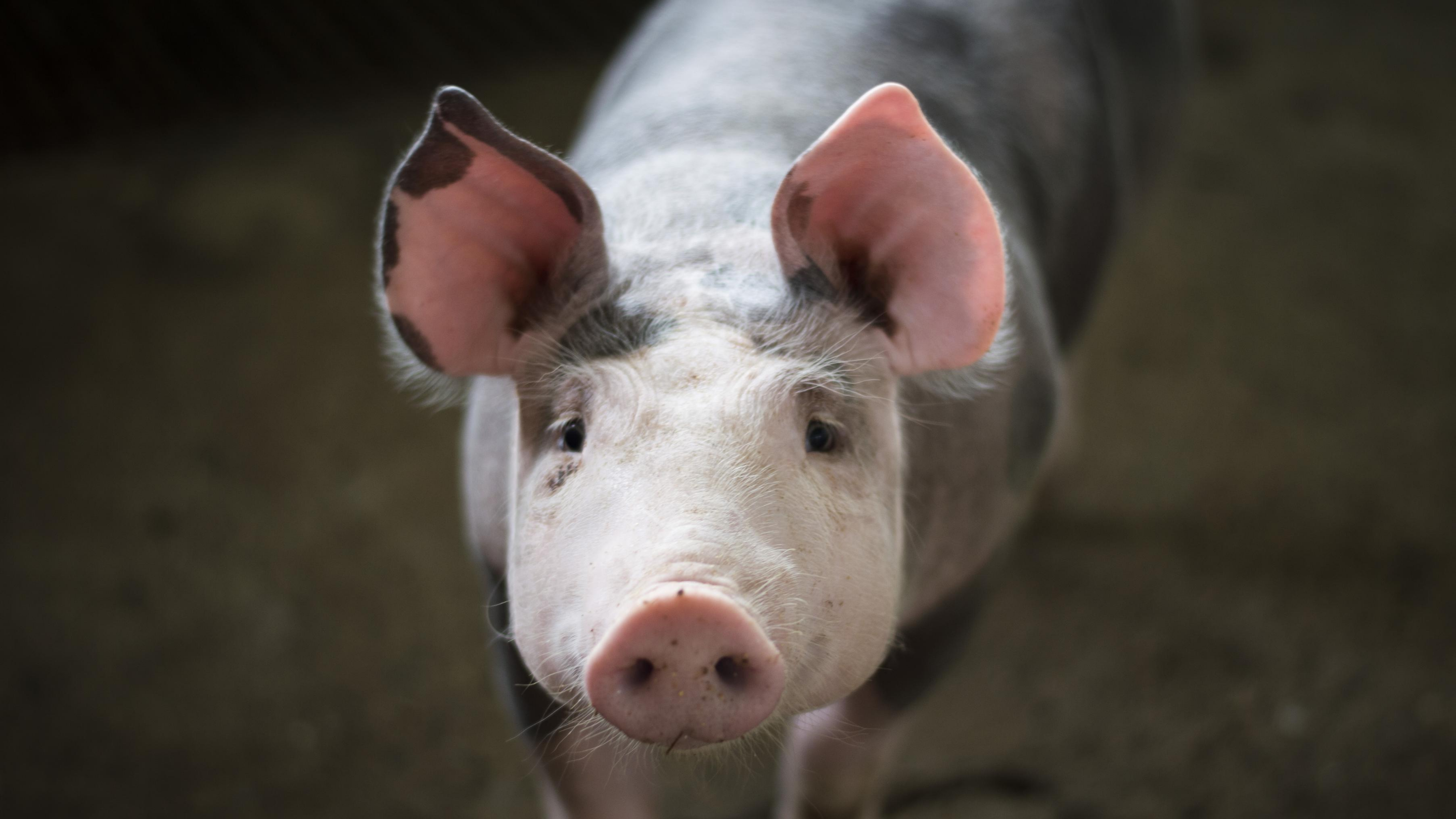Overall, the number of AWA-protected animals used by experimenters or held for medical or scientific experiments at U.S. facilities rose from 1,152,960 in 2018 to 1,204,803 in 2019, a 4.5% increase. While that is discouraging, it’s worth noting that the 2019 figure is a 6.7% reduction from 2016, when the total was 1,285,651.


